A BOOK TO/BE
A BOOK TO/BE
a DIY user manual for art practices in urban regenerations
by Irene Pittatore
Curator: Nicoletta Daldanise
With the collaboration of Lisa Parola, Luisa Perlo (a.titolo), Giovanni Semi, Alberto Vanolo (Turin University)
Publisher: Archive Books
The project stems from a comparison of two artistic experiences. Firstly, one between Irene Pittatore and Annelies Vaneycken, which was focused on regenerative urban interventions carried out at Porta Palazzo, Torino, during the international programme Viadellafucina A.I.R., in 2012. Secondly, an on-site investigation dedicated by Irene Pittatore and Nicoletta Daldanise to the dynamics of regeneration which involved citizens, cultural operators and artists alike in Mitte, Kreuzberg and Neukölln (Berlin).
The artist’s book – that will be published by Archive Books, Berlin – explores the reasons, as well as the consequences, of the public administration and investors’ choice of using inexpensive “young creativity” in urban regeneration projects in a period of socioeconomic crisis. Teetering over the potential contaminations between art practices, the social realm, public entertainment and spontaneous socio-cultural embedding, an artist, a sociologist, three art curators and a geographer discuss regenerative practices, strive to put the puzzles together and compare controversial case studies.
The final form the book took on is one of an instruction manual, without instructions . A “performing book” under development (to be), making the reader part of a journey between Torino and Berlino (To/Be) that became object of study, production and comparison of experiences of “public art” between these two cities – whether fruit of a rigorous research and production programmes or extemporaneous interventions in response to trend and/or convenience.
What does carrying out interventions in an area under regeneration mean for an artist? Who is responsible for the promotion of urban regeneration plans and who are they for? Just what responsibilities does the artist have to him/herself, the citizens and the patrons? Is the artist aware of the risks in gentrification as well as the economic implications involved in requalification programmes?
The key issues are eviscerated through interviews, essays, workshops, talk groups, photographs and on-site visits. This “half- written” book, with numerous blank pages at the disposal of both theorists and practitioners, has the scope of stimulating debates, from the pure and simple process of storytelling to pin-pointing critical instruments and a reference language to share.
A BOOK TO/BE’s structure and division into chapters is based on the operative and interpretive methodologies generally adopted in the production and presentation of this type of artistic intervention in the public sphere, i.e. long premises, participatory research and public confrontation, documentation of the territorial and scientific context under discussion.
Further information is available on line at: www.abooktobe.wordpress.com – http://vimeo.com/53725454
The project has been set-up with the support of:
– the 2013 session of DE.MO./MOVIN’UP, under the patronage of the Ministry of Cultural Heritage and Activities and Tourism – the General Management for Cultural Heritage and Landscape, Fine Arts, Architecture and Contemporary Arts – the General Management for live performing arts and GAI – Italian Young Artists Association
– The cultural Association Kaninchen-Haus, programme viadellafucina twinning residency, set-up and organized with the patronage of the Compagnia di San Paolo and the Chamber of Commerce, Industry, Artisanship and Agriculture Torino
– Archive Books, Berlin.
And has taken part in:
– Festival Architettura in Città, Torino (2014 and 2015)
– We-Traders – Swapping Crisis for City, Torino (2014)
– University of Torino – Sociology of Urban cultures course (2014)
– kunststadt stadtkunst 62 magazine, the information service of the “Kulturwerk” of the bbk Berlin (2015)
– the Swiss television RSI – Space for Culture, curated by Alberto Vanolo and Irene Pittatore (2013)



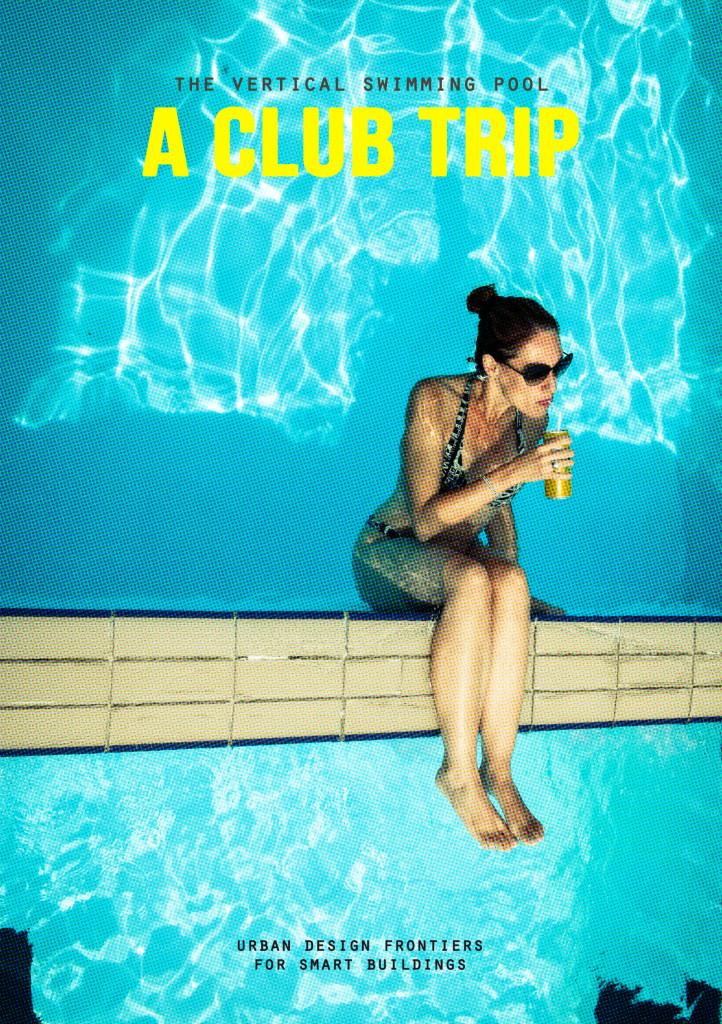
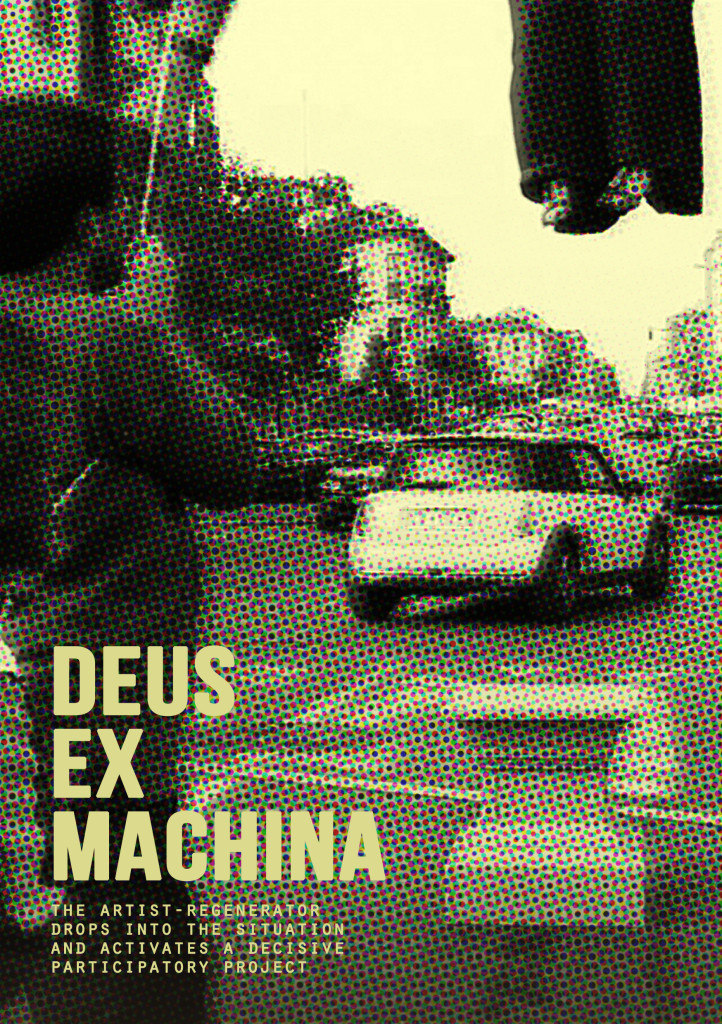
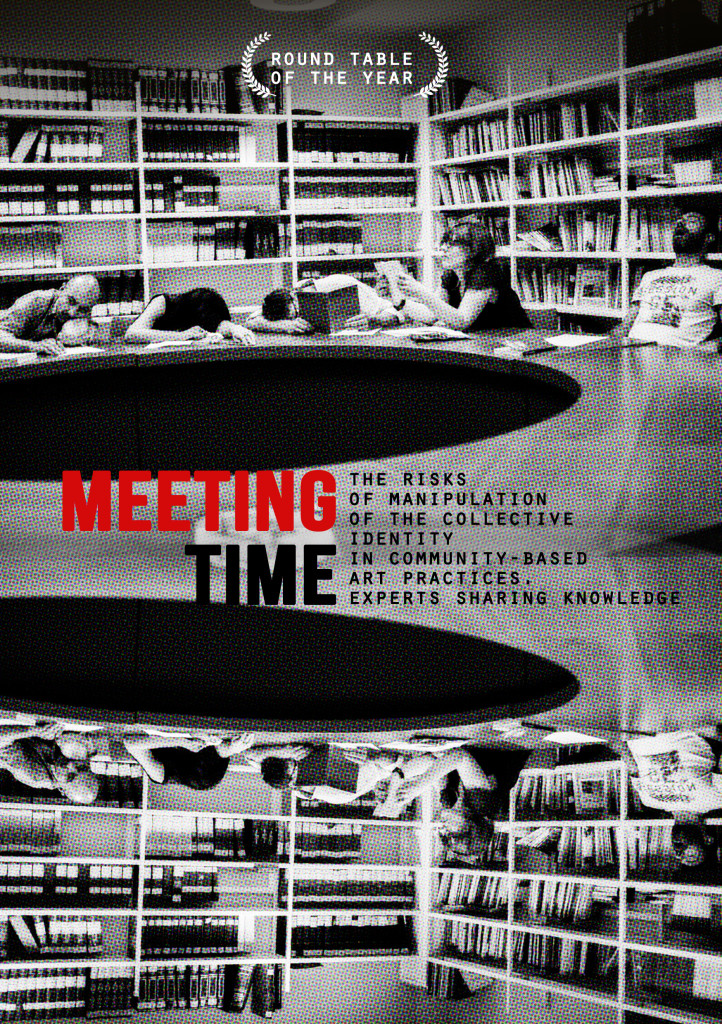
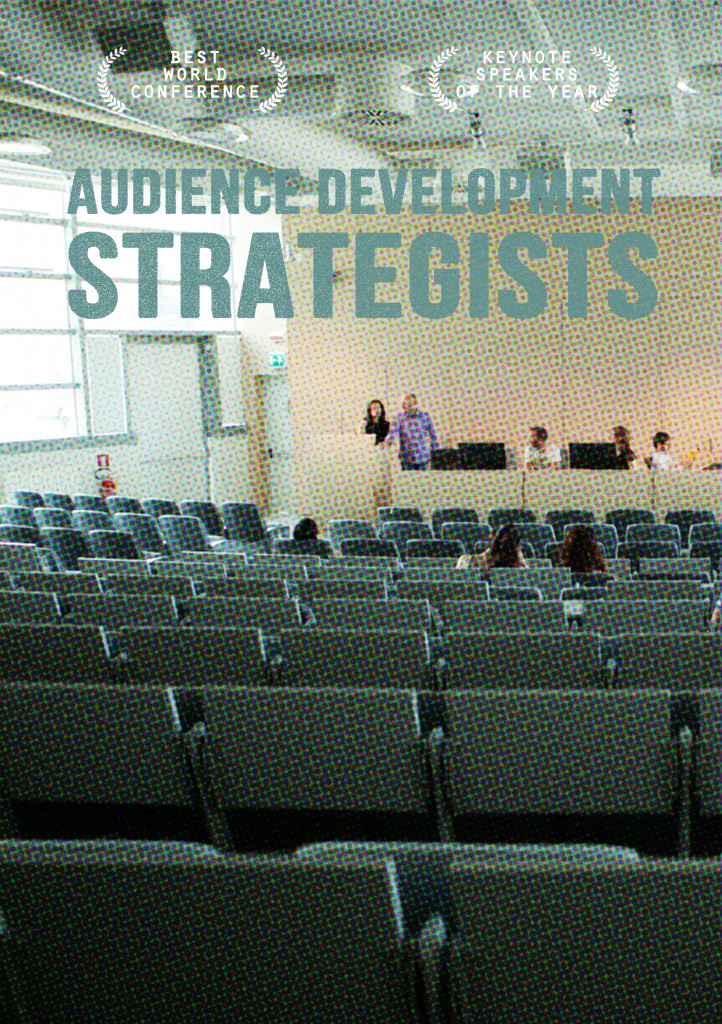


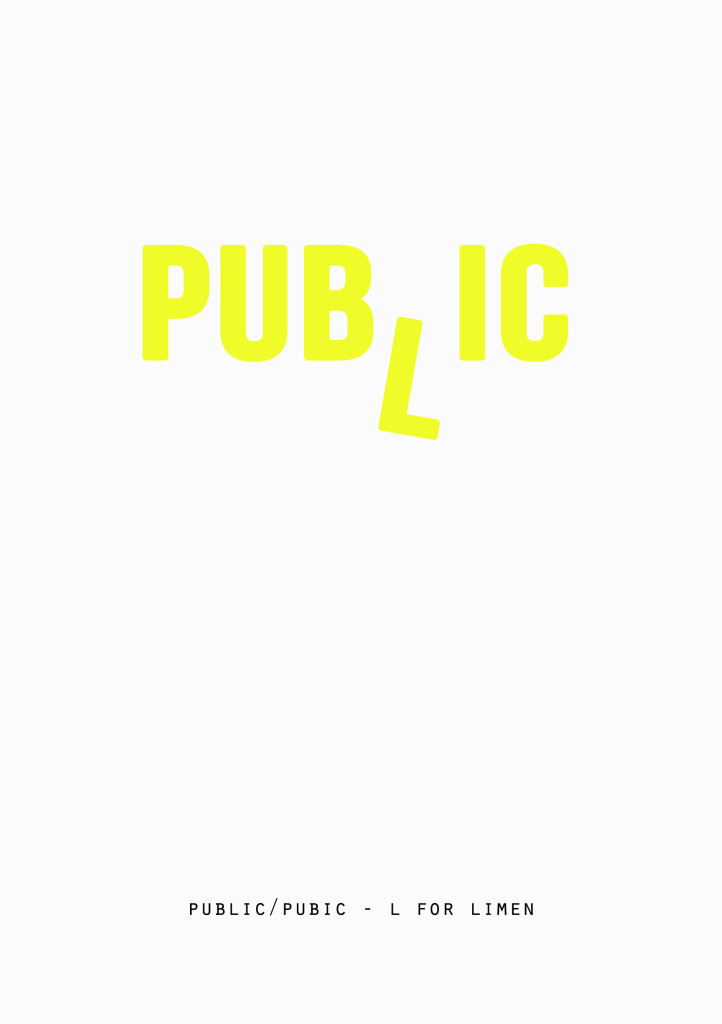
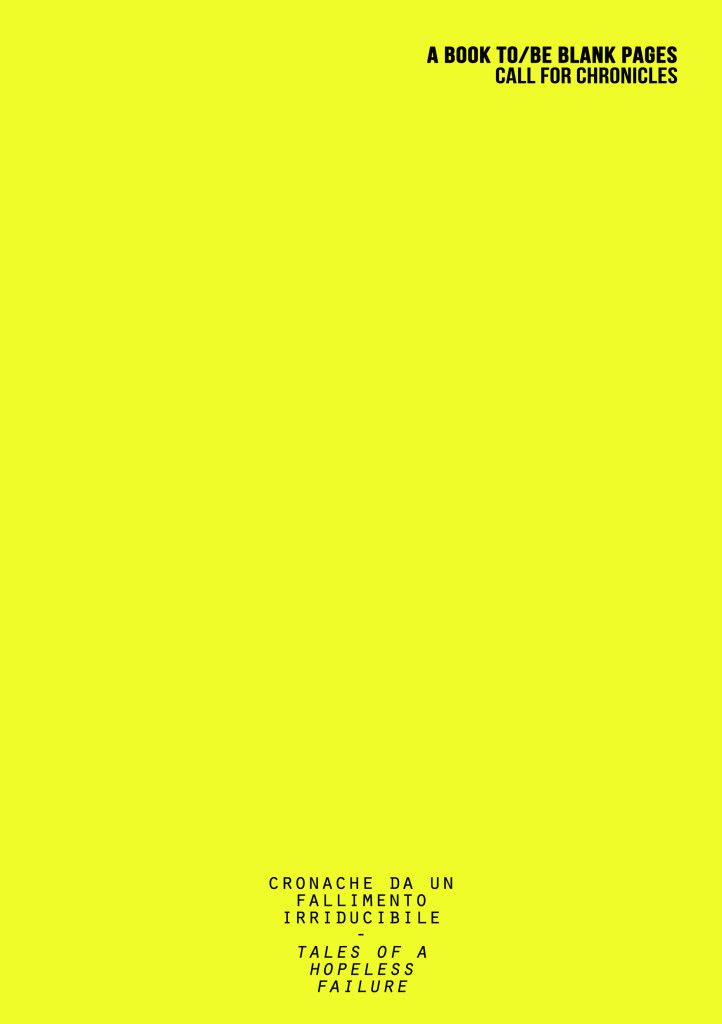
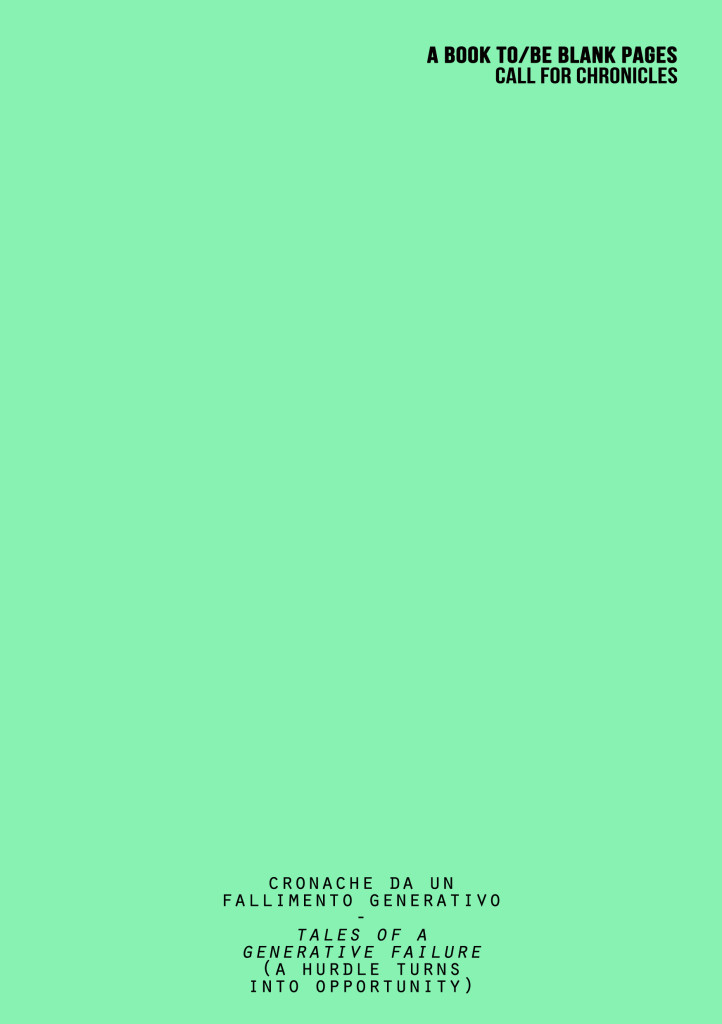
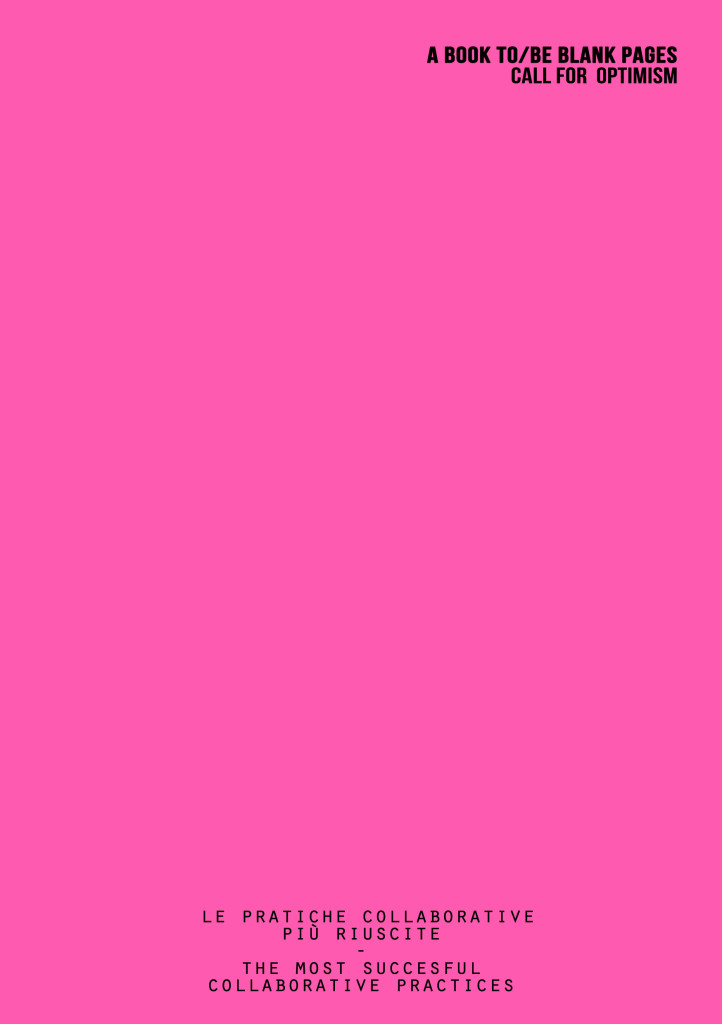
Thank you for your contribution, Irene. I believe your project addresses important -and urgent- questions of the role of art and design in urban development. I want to play the advocate of the devil, though, and ask where do you see the border line between critical inquiry and instrumentalization? Being self-critical has become a common trait in new art and design practices in the city: even ‘hipsters’, if asked, would be clearly ‘against’ gentrification… yet they are partly causing it. How can a project like your book make a constructive contribution to (what I see as) a very polarized debate? (I see some elements -like the blank pages- as a good start, but would like to know how do you see it in a bigger picture).
Dear advocate of the devil,
thank you for your remarks.
Here’s a fragile list of ingredients I try to keep in mind when asked to work in the public sphere: thinking a lot before producing. Studying. Don’t take myself too seriously. Listening before acting. Refusing disrespectful working conditions in urban regeneration projects (in terms of methods, budget, time – self-exploitation goes hand in hand with exploitation). Don’t think that art has a “function”. Including in the work team complementary professions and skills: in A BOOK TO/BE I chose to work with a leading expert in gentrification, with three curators with a historical background in art practices for the public realm, as well as a geographer that studied for years urban transformations related to art and design.
Lastly, the irony.
I hope the book could be a constructive device for citizens, theorists and
practitioners to express both our inclination for the art that meet the public
realm and our doubts and failures, with the aim of sharing skills and build
a common grammar.
The risk you highlight is comprehensible. We are deeply aware that being self-reflective in such a project can be easily turn into another questionable contribution to all this controversial scenario. Nonetheless, we have to face a little frustration before finding some reference points in a subject just recently become very popular. The ones who were explicitly working in the public space in the last 30-40 years have been totally self-educated, while on the contrary the academic debate maybe was not often proved by practice. Nowadays the situation is different, as we have an excessive increasing of practices involving communities and abandoned buildings. So the results sometimes are very disappointing and naive, with communities just left confused about all the process they should be part of.
Our book is an attempt of creating a stronger frame for future definitions, taking into account issues such as possible forms of correct collective representation, negotiation as methodology, responsible mediation between inhabitants and new comers and the weight of all the actors involved in urban design. Definitely A BOOK TO/BE is an ongoing shared research for parameters and productive comparison at all level.